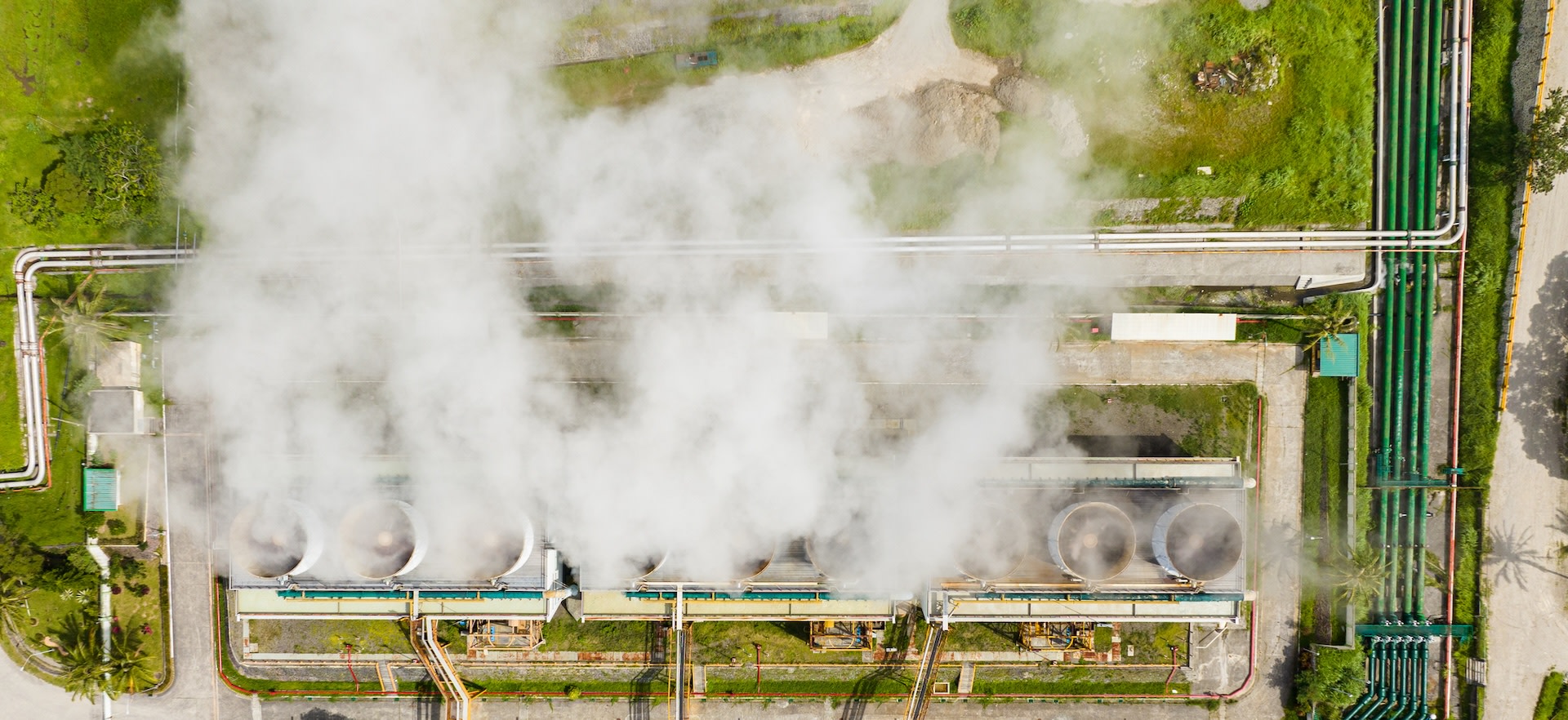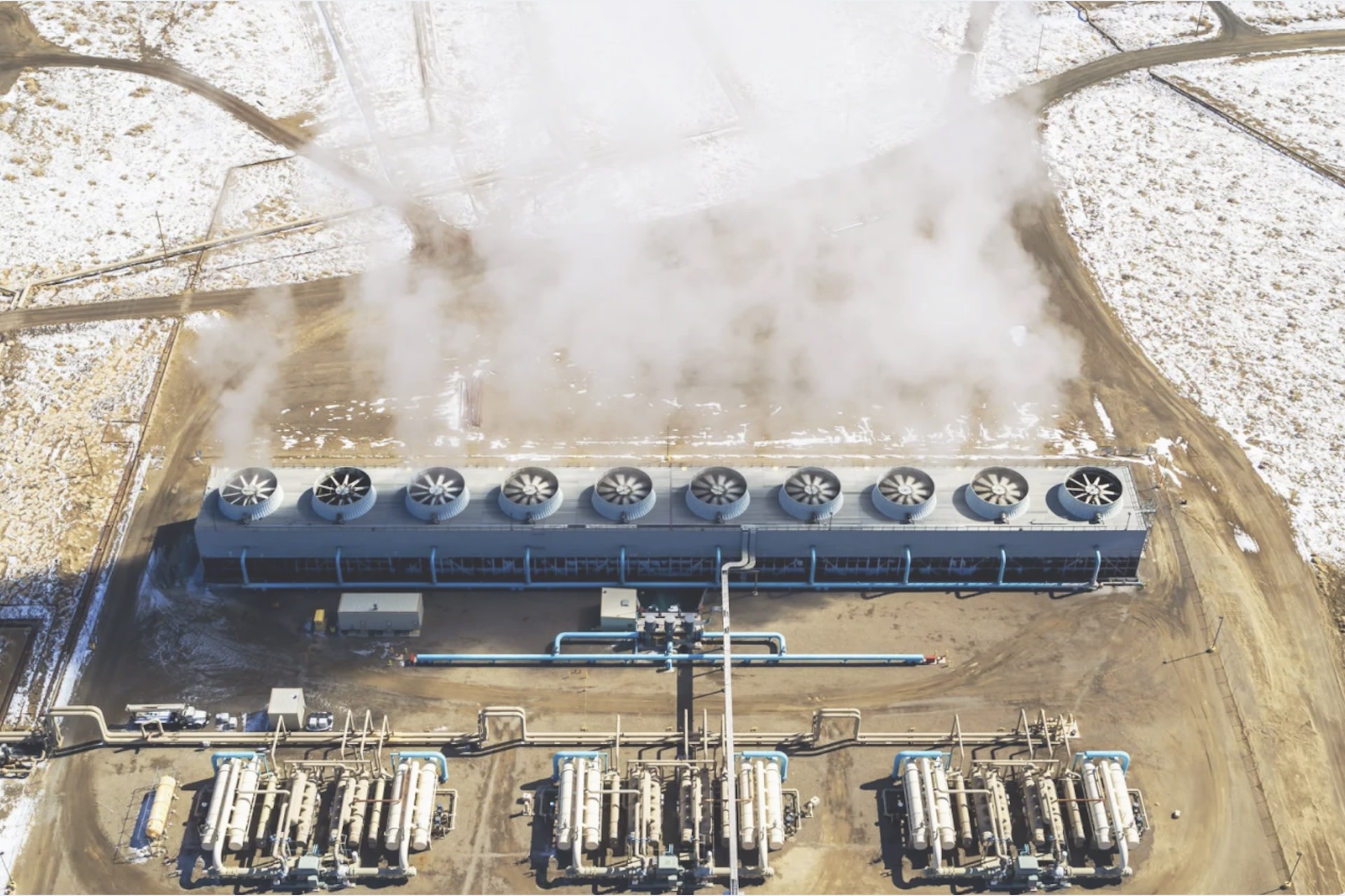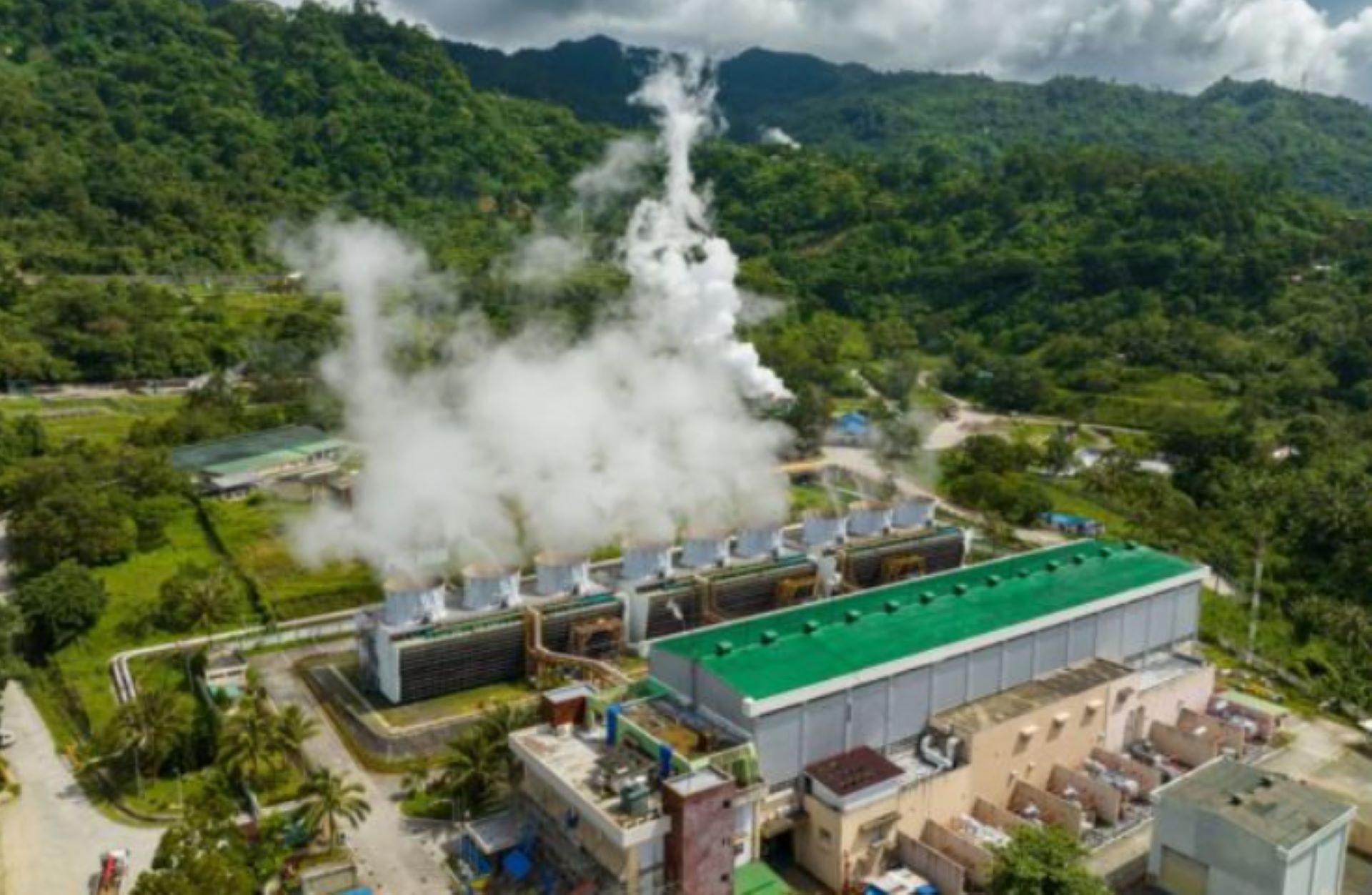Harnessing geothermal energy involves drilling holes into the earth's crust, pumping water into deep wells, and taking advantage of the natural heat from the earth's core to boil that water. The water is then pumped back up to the surface and steam is collected to spin a turbine that powers a generator, creating electricity.
The process may sound a little convoluted, which is partly why it doesn't get the same glory as wind or solar power — but the reality is that geothermal is a powerful source of clean energy with some pretty unique benefits. Here are five advancements that show how the technology is growing:
'Specialized mud'

California's XGS Energy is advancing in the geothermal energy sector using a new "specialized mud." XGS targets drill depths that provide temperatures of at least 482 degrees Fahrenheit and over time, the heat-holding underground cracks can close, or take in too much water, causing the well to fail.
Made from minerals that are good at conducting heat, the "mud" provides a special well casing that can collect the warmth and prevent water loss and well degradation.
Horizontal drilling

Fervo Energy's new enhanced drilling system, in partnership with Google to help power its data centers, could provide up to 8% of the United States' energy by 2050. By drilling horizontally, Fervo believes it can harness much more energy from underground heat.
First, the company drilled down 8,000 feet into the earth, then it drilled another 3,250 feet horizontally. The technique accessed heat more efficiently than drilling several holes straight down. According to preliminary tests, the Nevada system will generate enough energy to power about 2,600 homes.
Gyrotron drills

One of the biggest issues in accessing geothermal energy is the drilling itself, and Quaise Energy's new gyrotron drills hope to simplify the process. These drills have the ability to vaporize rock, and Quaise received $95 million to create a prototype that can drill over 12 miles into the earth's crust.
If successful, the new gyrotron drill could help access geothermal energy in over 90% of the world. The long-term goal is to use gyrotrons to help convert old coal and natural gas plants into geothermal energy plants.
'Exploratory' wells

Colorado is also seeking to advance its geothermal energy potential, with Mt. Princeton Geothermal awarding $500,000 as part of the Colorado Energy Office's $12 million Geothermal Energy Grant Program.
Using this funding and more from company mergers earlier this year, Mt. Princeton hopes to drill two exploratory wells to access a reservoir 4,500-6,000 feet below the surface near the Rio Grande rift.
Dry rock storage

Sage Geosystems made a name for itself with its "dry rock" geothermal energy storage technique. The method involves drilling thousands of feet into the ground and opening up fractures where heated water can be stored until power is needed, which could reduce the need for expensive lithium batteries.
Join our free newsletter for weekly updates on the latest innovations improving our lives and shaping our future, and don't miss this cool list of easy ways to help yourself while helping the planet.









